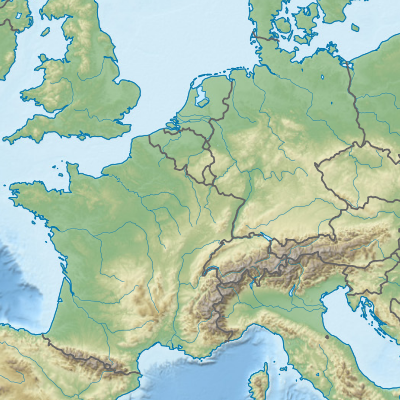I think professional setting create an expectation to build planet size setting for home brew.
Most of the time it is no use.
all geographical error can be explain using fantasy or magical implication.
a lake with no water source? no problem, at the bottom there is a nexus to the elemental water plane that produce continual water.
Lack of population can be explained by past war, on going curse, malediction and so on.
don’t pretend to create a realistic historical setting if you don’t have to knowledge to do so.
otherwise dm need to become an expert in geographic, economic, social trait, warfare, plus the implication of magic on top of that. Dm will continually trying to patch errors they made to correct previous errors.
anyway just look at most movie and tv show, they make very funny short cut to build up their world. in Star Wars most planet is condensed into a far west town size society.
Most of the time it is no use.
all geographical error can be explain using fantasy or magical implication.
a lake with no water source? no problem, at the bottom there is a nexus to the elemental water plane that produce continual water.
Lack of population can be explained by past war, on going curse, malediction and so on.
don’t pretend to create a realistic historical setting if you don’t have to knowledge to do so.
otherwise dm need to become an expert in geographic, economic, social trait, warfare, plus the implication of magic on top of that. Dm will continually trying to patch errors they made to correct previous errors.
anyway just look at most movie and tv show, they make very funny short cut to build up their world. in Star Wars most planet is condensed into a far west town size society.




